SEO is a long term game.
It was in January 2022 when I wrote the first email to Koray, my mentor and teacher.
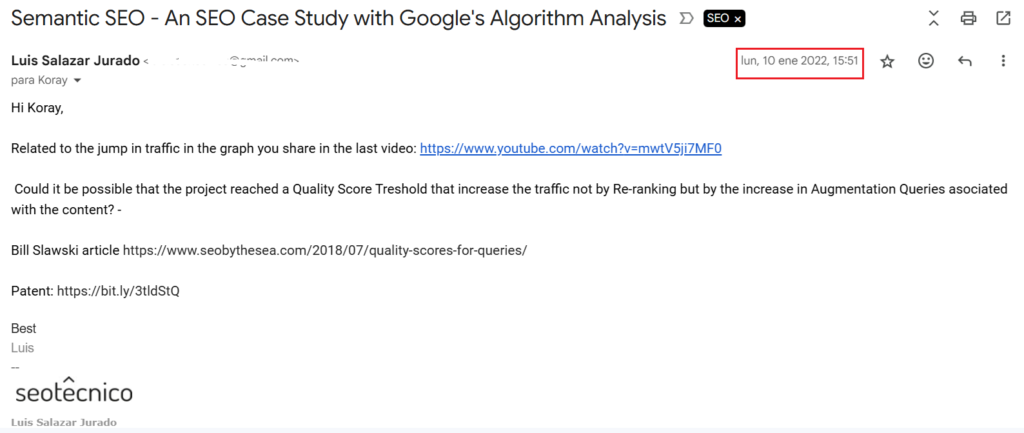
Since then, everything I have done is to keep reading the Case Studies, watching de Semantic SEO Course several times, going to conferences and learning from the Holistic SEO Community.
In the following sections we are going to see several concepts and tactics from Koray’s Framework that have been implemented consistenlty over time.
What are we going to see?
- Holistic SEO approach
- Microsemantics
- Statistical Linguistic and Distributional Semantics
- Semantic Content Network
- Schema optimization
Holistic SEO Approach
What is Holistic SEO?
Holistic SEO is the process of developing integrated digital marketing projects with every aspect, including coding, Natural Language Processing, Data Science, Page Speed, Digital Analytics, Content Marketing, Technical SEO, and Branding. The main focus is on improving a brand’s organic visibility and growth potential.
If you scroll down a bit, you are going to see a screenshot from Ahrefs.
It is the second longest project I have worked with, 5 years.
Niche: Insurance
Language: Spanish
We grew from below 250 keywords in Top 3 to over 800 keywords in Top positions.
We covered all the angles to enhance SEO signals.
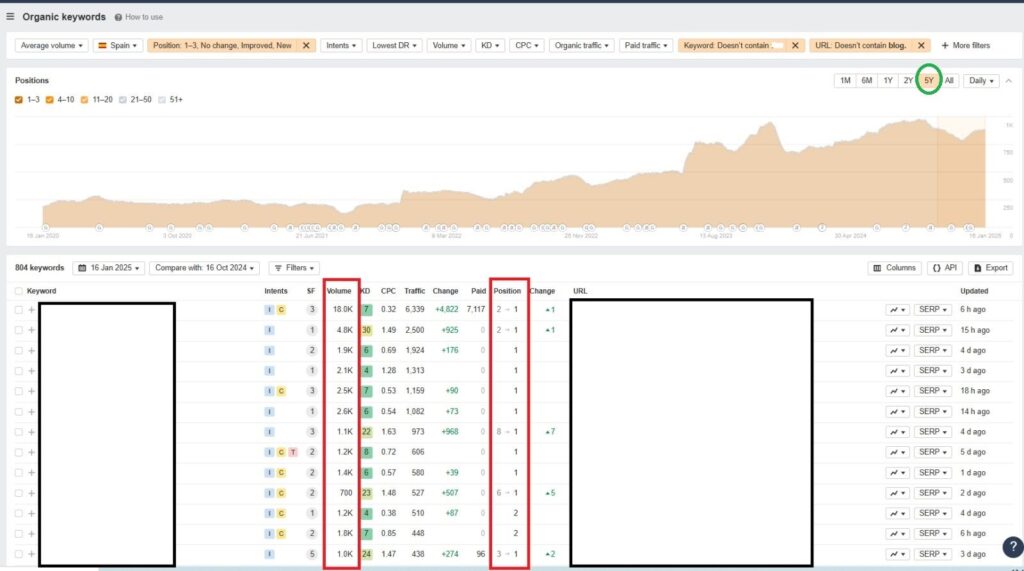
Here a video where you can see several angles and good practices to implement your SEO strategy.
Microsemantics
Whats is Microsemantics?
Micro Semantics is micro-adjustments for context and relevance, whether it comes from a single word change, punctuation, or word-order. It involves the sequence modeling, word-by-word optimization of the documents for a higher relevance and responsiveness.
It includes, rewriting Headings, paragrahps.Redesigning the structure of the page, changing images and launching A/B tests in order to understand what the user want and served that data in the page.
The next image is a landing page in a SaaS company with barely 40 pages.
Implementing microsemantics optimization in the page, with a deep focus on User Intent.
We redesign the page and the best practices in Microsemantics were executed in the page with a sistematic approach.
Between two or three times a month, we implemented a set of optimizitations in order to fine-tune the models and gain clicks and historical data.
This landing page on their own grew from 10-15 clicks a day to a range of 600-800 clicks a day.
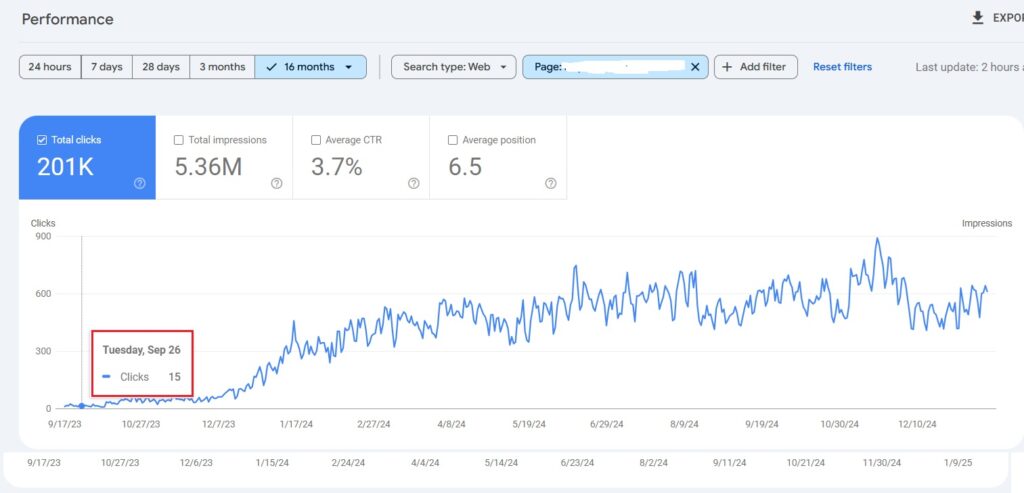
Statistical Linguistics and Distributional Semantics
What is Statistical Linguistics?
The application of statistical techniques to language analysis, typically using a large machine-readable corpus, in order to discover general principles of linguistic behaviour, genre difference, etc.
What is Distributional Semantics?
Distributional semantics[1] is a research area that develops and studies theories and methods for quantifying and categorizing semantic similarities between linguistic items based on their distributional properties in large samples of language data. The basic idea of distributional semantics can be summed up in the so-called distributional hypothesis: linguistic items with similar distributions have similar meanings.
Source: Wikipedia
Using both Semantic SEO concepts in order to enhance the content overall for the next terms, allow to grow in Organic Traffic due to the fact that steady and systematic optimizations were implemented consistently over time.
5x growth with Statistical linguistics and Distributional Semantics.
You can see the growth in Organic Traffic in two terms:
- Online
- Barato ( It means cheap in Spanish)
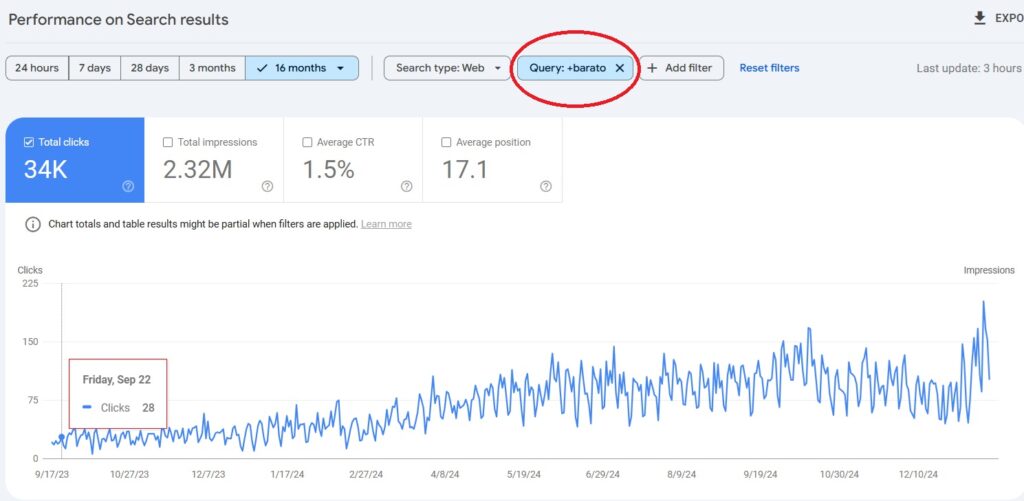

Semantic Conten Network
What is a Semantic Content Network?
A Semantic Content Network is a structured organization of web documents optimized for semantics to improve topical coverage and authority on a particular subject. It involves connecting terms, entities, and facts within factual accuracy and relational relevance, focusing on meanings and topics instead of words to better satisfy user search intent and be an authority for search engines and users.
Double the traffic with a Semantic Content Network and gaining the November Core Update 2024
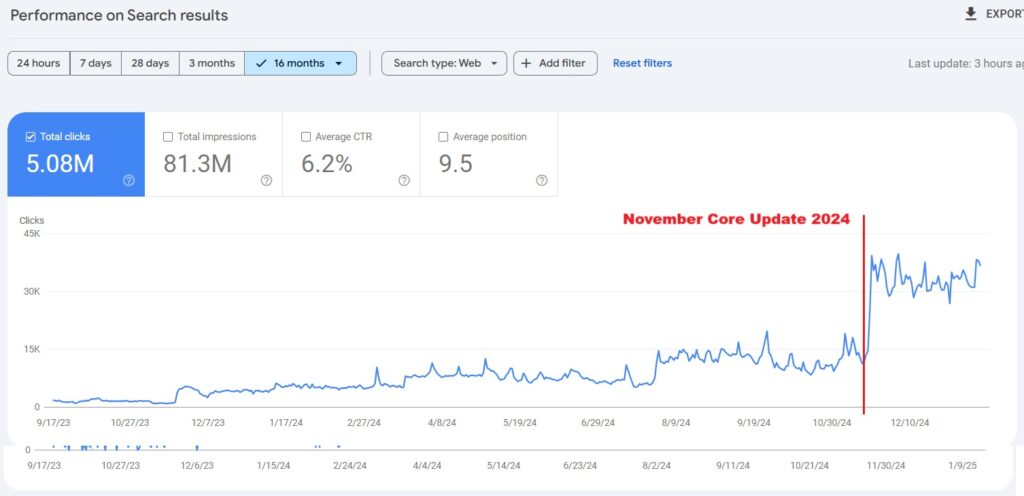
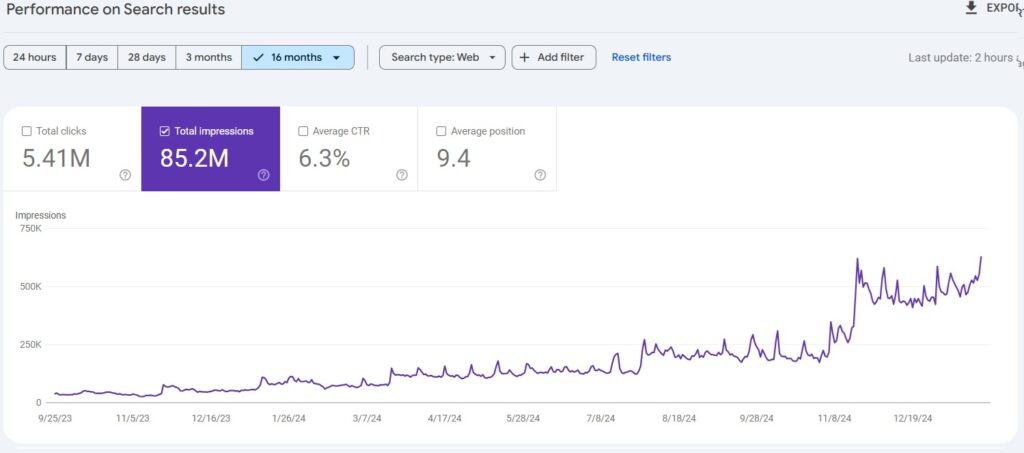
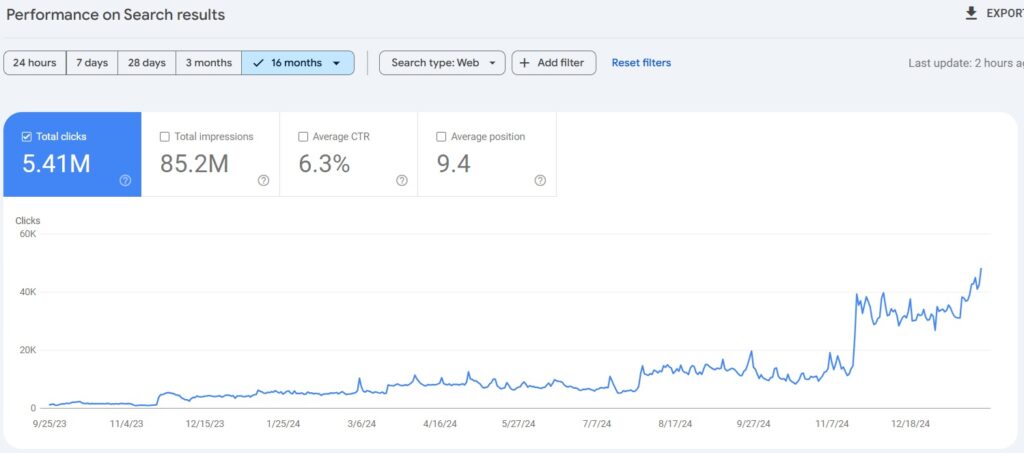
Schema Optimization
Out of Semantic SEO, you can gain traction on Search Engines with Schema Markup.
In this example it is visible Search Engines took time to digest the data in order to trigger Rich Snippets in the SERP’s ( Search Engines Result pages) . As a result, cliks from users combined with a good User Experience created a virtual cycle where positive historical data signals created a snowball effect which means, recurrent Organic Traffic overtime.
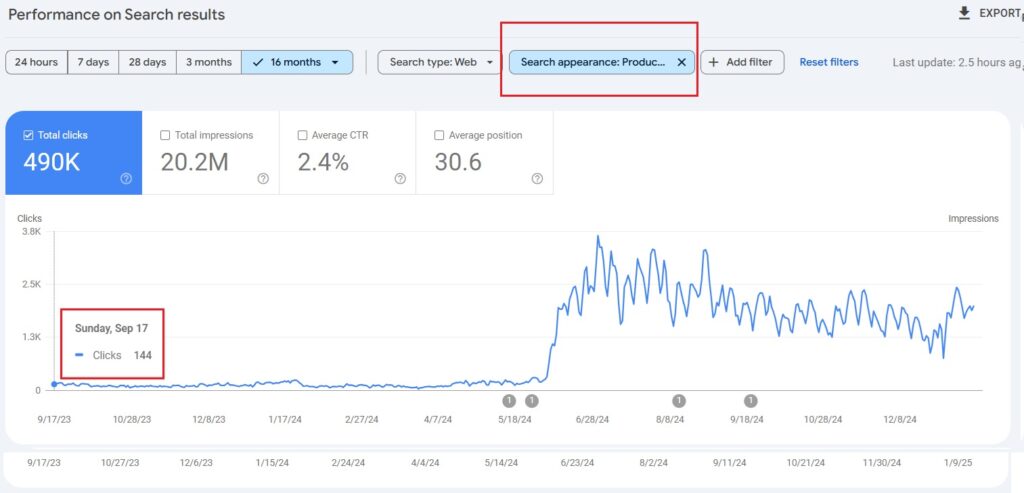
Content created by: Luis Salazar Jurado